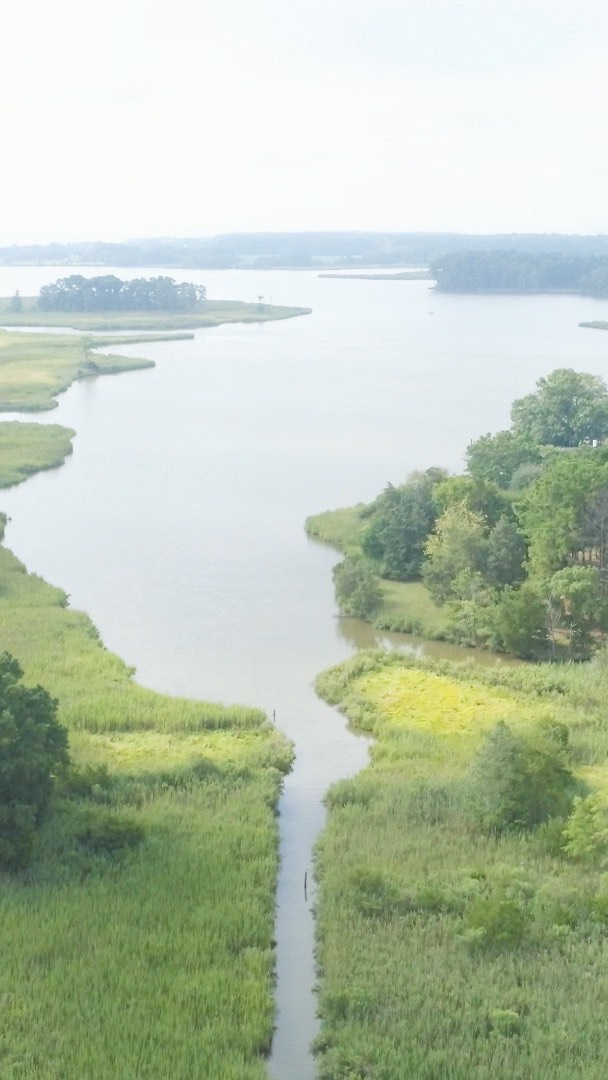The Chesapeake Bay is one of the most iconic bodies of water in the United States. It’s a vital part of the ecosystem, providing habitat for a variety of species and serving as an important source of food and recreation for millions of people. Unfortunately, over the years, pollution and other human activities have taken their toll on this precious resource. Fortunately, there are many organizations working to protect and conserve the Chesapeake Bay so that future generations can continue to enjoy its beauty and bounty.
The Chesapeake Bay Program is a unique regional partnership between six states—Maryland, Virginia, Pennsylvania, Delaware, New York, and West Virginia—working together to meet the goals outlined in the Chesapeake Bay Watershed Agreement. This agreement was created in 1983 with the goal of restoring clean water to the bay by reducing pollution from sources such as agricultural runoff and urban stormwater runoff. The program has made great strides in restoring water quality by implementing best management practices such as planting native vegetation along stream banks to reduce erosion and creating buffer zones around streams to absorb pollutants before they enter the bay.
In addition to these efforts, there are also numerous organizations dedicated solely to protecting and conserving the Chesapeake Bay. The Chesapeake Bay Foundation is one such organization that works tirelessly to restore clean water to this iconic body of water through education, advocacy, litigation, and restoration projects. They work with local communities on issues such as reducing nutrient pollution from agricultural runoff and restoring oyster reefs which help filter pollutants from the water.
The National Park Service also plays an important role in preserving this precious resource by managing more than 41 million acres connected through waters flowing into or out of Chesapeake Bay. Through their efforts they are able to protect wildlife habitats while providing recreational opportunities for visitors who come from all over the world to experience this unique ecosystem firsthand.
Finally, local governments have also taken steps towards conserving this valuable resource by issuing grants for projects such as recovering abandoned crab pots from the bay or creating buffer zones around streams that flow into it. These initiatives help ensure that future generations will be able to enjoy all that this majestic body of water has to offer for years to come.
Conserving our natural resources is essential if we want them preserved for future generations. The Chesapeake Bay is no exception; it’s an invaluable part of our nation’s history and culture that must be protected at all costs if we want it around for many years to come!


